One of my cloned repositories is getting this from a git fsck
fatal: loose object 40bda4e3b79c3d7bf598df31d9e68470f97a3f79 (stored in .git/objects/40/bda4e3b79c3d7bf598df31d9e68470f97a3f79) is corrupt
I've got another copy of it that fsck's cleanly.
I've tried nuking the directory/subdirectories that contain the fatal one, and recloning it. The problem continues.
I really don't care about any particular file, I just want the repository to checkout cleanly. What do I do?
Note: the remote repository is hosted on github.




